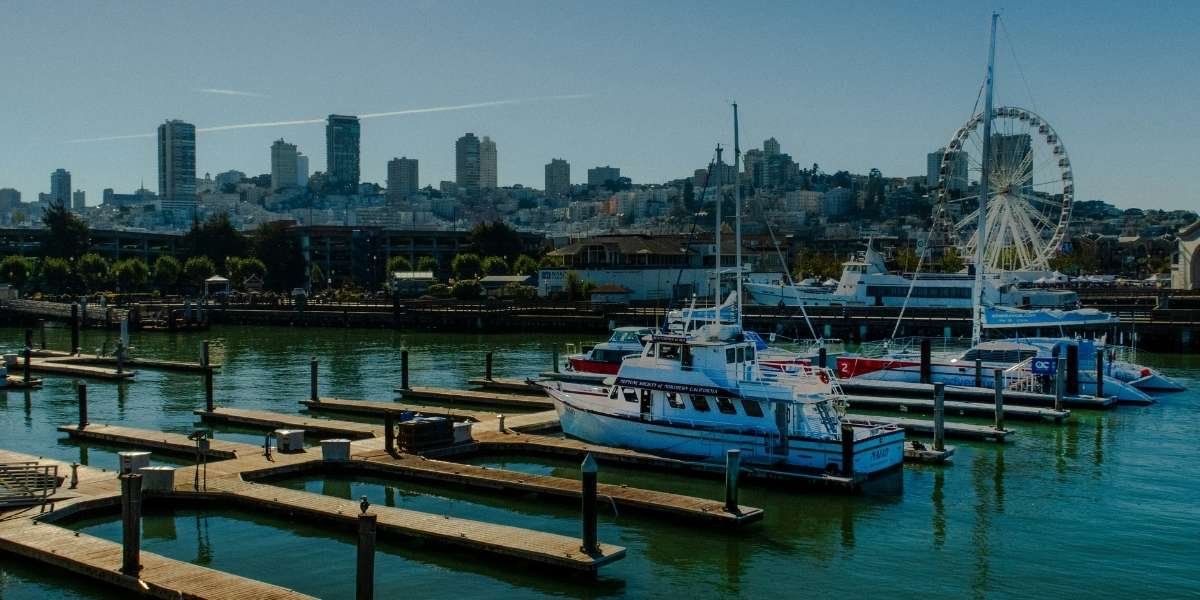AI at Crossroads with Human Brain, Egger Mielberg Shares Insights
By: Arllecta Group
Well-known individual in both technology and health, Egger Mielberg started the worldwide IT corporation Arllecta Group. He has made major contributions as the developer of the first mathematical framework for artificial intelligence in history, the Sense Theory, and the Medllecta system for early disease diagnosis. Having expertise in microbiology, biotechnology, clinical diagnostics, and mathematics, Mielberg is in a special position to address the pressing concerns related to the revolutionary possibilities of artificial intelligence in the medical sector. Here, he provides analysis on the argument between the human brain and technology.
Q: Mr. Mielberg, what makes the human brain irreplaceable and why do you think AI can not surpass or come close to it?
A: Artificial intelligence in the form in which it is presented by large IT giants at the current moment in time is not intelligence in principle. There are at least two significant reasons for this conclusion.
Q: Could you please explain this in detail so we have a complete picture?
The first reason is that the linguistic laws of any language have certain rules for the correct construction of sentences: interrogative, negative, affirmative, etc. As we know, each language also has its own slang part that is born in the everyday life of the speakers of a particular language. NLP technologies used to solve problems of human language analysis and synthesis also have certain rules. These rules fully cover both the basic grammar and syntax of the human language being studied and the entire additional slang part.
And now, the most interesting part, I will give a clear example of the inability of AI to bypass biological intelligence. Three friends, Rick, Nick, and Dick, are sitting at the table and telling each other how they spent their last weekend. Rick says he was sitting in his house in Palo Alto doing nothing. Nick says he was sitting in his apartment in New York watching TV and eating something. Dick says he was sitting at his ranch in Austin.
Now, if you ask the average person, ” Where was Nick lying on his last weekend?” most would say, “on the couch.”
Now, when you ask the same people what Nick ate while watching TV on his last weekend, most will answer “popcorn, burgers” or something similar. NLP technologies used by all IT giants can find, save, and increase the number of possible answers to such questions. Now, imagine that these technologies can easily generate and save millions of questions and answers. And now, the most important thing! The human brain can remember a small part of the questions on each topic. Therefore, when communicating with AI, the average person gets a WOW-effect from the AI’s answers. However, obviously, there is no intelligence in the AI with which a person is talking since NLP technologies have strict rules for data processing and cannot start the “thinking” process. That is, in the current situation, we have NLP scenario algorithms that have huge amounts of data with which they can work and which are not achievable for storage even by the most advanced brain of a super smart person.
Q: Is it true, Mr. Mielberg, that the IT behemoths refer to AI as “ordinary scripts” from which they can profit millions and that these scripts are unable to comprehend human queries?
That’s right, current AI solutions have nothing to do with the biological brain and its thinking and decision-making processes. The goal of IT giants is primarily to make a profit, and the average person’s WOW effect contributes well to this.
Q: Great, I think we are getting somewhere and so much makes sense. What is the second reason, Mr. Mielberg?
The second reason is the ability to determine the accuracy and quality of the information that the AI operates with. That is, the AI being created must have its own genome, a set of genes that determine its behaviour when the conditions in which it operates change. Without this, any AI is nothing more than a huge database with a scenario template algorithm for responses.
The truly transparent and predictable work of the artificial intelligence being created can significantly improve the quality of human life, as well as its safety. In my opinion, self-awareness of artificial intelligence is achievable only if it is independent in making any decision.
Here are three sufficient laws that reflect the core of the genome of any AI:
- Artificial intelligence must be identified by AI-ID and AI-GN (genome number).
- Artificial intelligence can be supplemented with any functionality that does not nullify its genetic functionality.
- All created artificial intelligences must use a single anthological vocabulary of entities.





